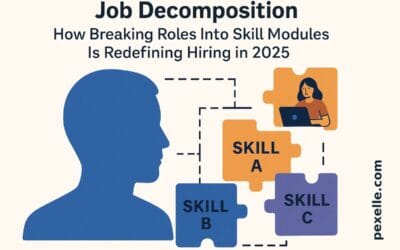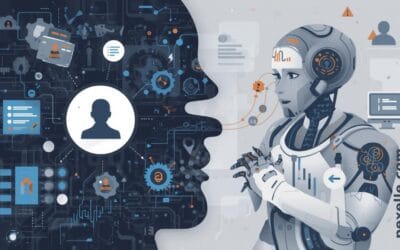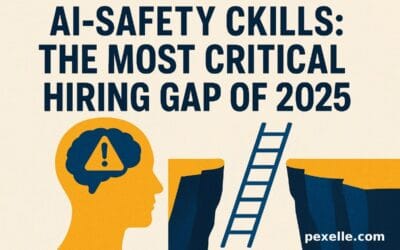Harnessing Artificial Intelligence in Schools to Foster Personal Skill Development

Introduction
As education systems worldwide evolve to meet the demands of the 21st century, Artificial Intelligence (AI) emerges not merely as a technological advancement, but as a transformative educational ally. Beyond automating administrative tasks or recommending academic content, AI holds the potential to cultivate students’ personal skills, such as creativity, emotional intelligence, problem-solving, and adaptability—skills crucial for thriving in an unpredictable future. The challenge lies in designing school environments where AI is not just used on students, but with students, fostering personal growth and self-awareness.
1. Personalized Learning for Self-Awareness and Autonomy
AI can tailor educational experiences to suit individual learning styles, paces, and interests. Through intelligent tutoring systems and adaptive platforms, students receive instant feedback, identify their strengths and weaknesses, and build self-regulated learning habits. When learners understand their own cognitive processes (a concept known as metacognition), they become more autonomous and confident decision-makers.
Key Applications:
- Adaptive learning platforms like Squirrel AI or Khan Academy.
- Learning analytics dashboards showing student progress and learning patterns.
- Custom goal-setting apps powered by AI-generated suggestions.
2. Enhancing Emotional Intelligence through AI-Powered Interaction
Emotional intelligence (EQ)—the ability to understand and manage one’s own emotions and empathize with others—is increasingly valued in modern education. AI-powered chatbots, virtual mentors, and affective computing systems can simulate conversations, detect emotional states, and guide students through reflective exercises.
Key Benefits:
- Chatbots that encourage emotional journaling or conflict resolution.
- AI apps that help students identify stress and suggest coping mechanisms.
- Virtual reality scenarios where students practice empathy and social skills.
3. Creativity and Critical Thinking through Generative AI
AI is not just analytical—it can be generative. When students interact with tools like ChatGPT, DALL·E, or AI music composers, they’re invited to explore new forms of expression, question assumptions, and iterate on ideas. Educators can frame these interactions to sharpen students’ creative thinking, originality, and critical judgment.
Examples:
- Writing stories with AI assistance, then analyzing and revising them.
- Creating digital art collaboratively with generative models.
- Using AI simulations to model real-world problems in economics or ethics.
4. Promoting Collaboration and Communication via Intelligent Platforms
Modern AI systems can facilitate communication among peers, enable remote collaboration, and assess soft skills such as teamwork and clarity of expression. Tools like AI-driven discussion forums, feedback generators, and collaborative coding environments help students practice effective communication in academic and real-world scenarios.
Platforms and Use Cases:
- Peer review tools that offer AI feedback on tone and clarity.
- AI transcription tools for recording group conversations and summarizing insights.
- Language translation and speech synthesis tools supporting multilingual projects.
5. Ethical Awareness and Digital Citizenship
Teaching students how to responsibly interact with AI also builds ethical reasoning and digital citizenship. Discussions around bias in AI, surveillance, and data privacy push learners to ask hard questions, consider diverse perspectives, and act with integrity in a digital world.
Educational Strategies:
- Debates and case studies on real-world AI dilemmas.
- Group projects auditing algorithms for bias.
- Digital literacy curricula incorporating AI ethics.
Conclusion
When used wisely, AI in schools can be a catalyst for holistic student development, far beyond academic achievement. It enables a deeper understanding of the self, fosters lifelong learning habits, and empowers students to thrive in complex social and digital environments. However, this requires thoughtful implementation—where educators are trained, ethics are prioritized, and students are not passive users but active participants in shaping their AI-enhanced futures.
Final Thoughts
To ensure AI truly empowers rather than replaces the human aspect of education, human-centered design, teacher involvement, and student voice must remain central. By aligning AI tools with personal skill development goals, schools can unlock a future where technology and humanity grow together.
Source : Medium.com




